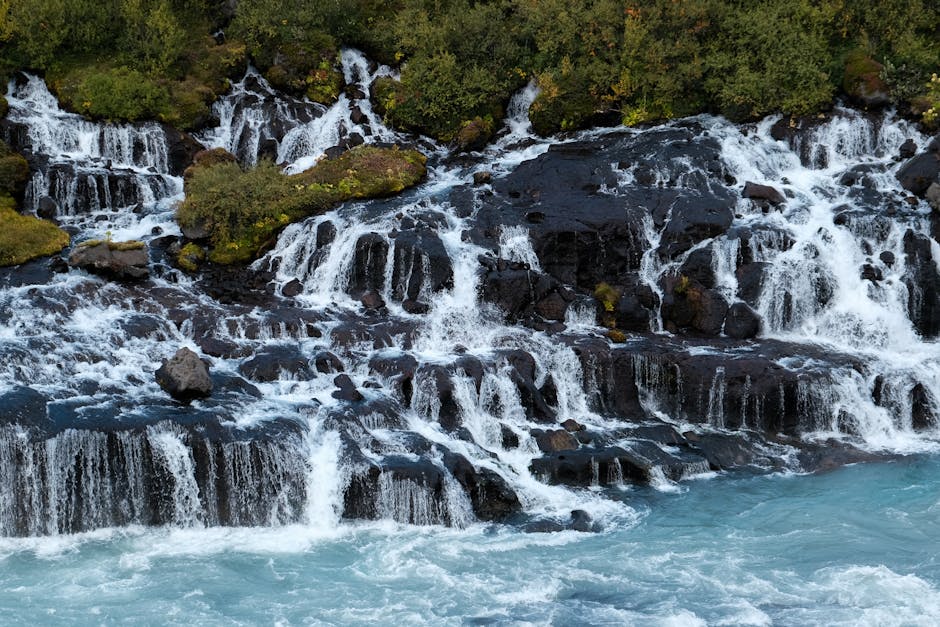
Picture this: a vast, flat desert landscape, stretching for miles under an unrelenting sun. Now, imagine finding a heavy boulder, not only sitting in the middle of this stark, dry expanse, but clearly having traveled. Behind it, a long, distinct trail is etched into the parched mud, sometimes hundreds of feet long. There are no footsteps, no tire tracks, no obvious signs of human or animal intervention. Just the trail and the rock, seemingly having drifted on its own. For decades, this baffling sight has captivated visitors and puzzled scientists, challenging our intuitive understanding of how massive, inert objects behave on the Earth’s surface.
This geographical enigma is most famously observed at Racetrack Playa in Death Valley National Park, California. This immense, dry lakebed is home to hundreds of rocks, some weighing as much as 700 pounds (over 300 kilograms), that leave behind meandering paths in the mud. The trails vary in length, width, and direction, sometimes appearing straight, other times curving dramatically or even forming sharp angles. Some rocks travel in tandem, leaving parallel tracks, while others crisscross, creating a complex web of geological artwork. The mystery deepened because no one had ever actually seen the rocks move. They would simply be in one place, and then, months or years later, they would have shifted, leaving a fresh trail.
Naturally, the absence of direct observation led to a variety of theories, some more imaginative than others. For a time, popular speculation ranged from strong winds acting alone, to magnetic fields, seismic activity, or even, inevitably, extraterrestrial intervention. Scientists, grounded in observable facts, tried to explain it through more conventional means. Early hypotheses focused on fierce winds during rare storms. However, calculations consistently showed that even hurricane-force winds would not be sufficient to budge rocks of such considerable mass and surface area, especially not across a relatively dry, friction-heavy surface. The puzzle persisted, a compelling demonstration of how seemingly simple natural phenomena can conceal complex, interdependent processes.
The breakthrough in understanding these “sailing stones” came not from a single dramatic event, but from a painstaking, years-long scientific endeavor. In 2011, a team led by Dr. Ralph Lorenz of Johns Hopkins University and his cousin, James Norris, embarked on what they called the “Slithering Stones Research Initiative.” They equipped several rocks with custom-built, time-lapse cameras and GPS units, designed to track their every subtle shift. The challenge was immense: the playa conditions are harsh, and the movements are infrequent, occurring only during specific, rare combinations of weather elements.
After two years of patiently waiting and monitoring, often enduring the remote and challenging conditions of Death Valley, the team finally captured footage of the rocks in motion during the winter of 2013-2014. What they observed was a testament to the elegant interplay of three primary elements: water, ice, and wind. The process begins with sufficient rainfall – a rare event in this arid landscape – to transform the dry playa into a shallow, temporary pond. The water needs to be just the right depth, typically only an inch or two deep, covering the flat lakebed.
Then, as temperatures plummet overnight, this shallow water begins to freeze. Crucially, it doesn’t freeze solid to the lakebed. Instead, it forms a thin, floating sheet of ice, often no more than a few millimeters thick. As the day warms, or as the wind begins to pick up, this thin ice sheet starts to break apart into large, buoyant panels. Now, even a relatively light wind, perhaps as gentle as 10 to 15 miles per hour, can become the primary mover. This wind pushes the floating ice panels across the supersaturated, slick mud surface.
The “aha!” moment arrived when the scientists realized the rocks weren’t being pushed directly by the wind alone. Instead, the rocks were either partially embedded within these floating ice panels or resting on top of them. The ice panel acted as a massive, low-friction raft. As the wind propelled the ice rafts across the playa, the rocks were simply carried along for the ride. The thin layer of meltwater beneath the ice and the rock dramatically reduced the friction, allowing even modest winds to move objects that would otherwise be immovable. The movement is often very slow, just a few inches per minute, but over hours, it accumulates into the long trails that have baffled observers for so long.
The conditions required for this phenomenon are remarkably specific, making the events relatively rare. There must be enough water to form a pond but not so much that the rocks are fully submerged and insulated from the ice. Temperatures need to drop below freezing to form the ice sheets, but then rise slightly, or winds need to be present, to break up and propel these sheets. This delicate balance of geographical and meteorological factors highlights the intricate ways Earth’s processes unfold. The observation also revealed that multiple rocks can move simultaneously, sometimes in unison, sometimes in different directions depending on the specific ice panel they are associated with and localized wind patterns.
This comprehensive understanding of the desert drifters reminds us that our planet is constantly in motion, shaped not always by dramatic cataclysms, but often by the subtle, yet persistent, dance of its fundamental elements. It teaches us that even in the most seemingly barren landscapes, dynamic geological processes are at work, slowly but surely sculpting the earth and its landscape. This long-standing geography puzzle, now largely solved, underscores the power of scientific persistence and the interconnectedness of seemingly disparate natural forces. It shows us that sometimes, the most profound changes occur when familiar forces align in unexpected ways, creating a truly unique testament to the dynamic nature of our world.